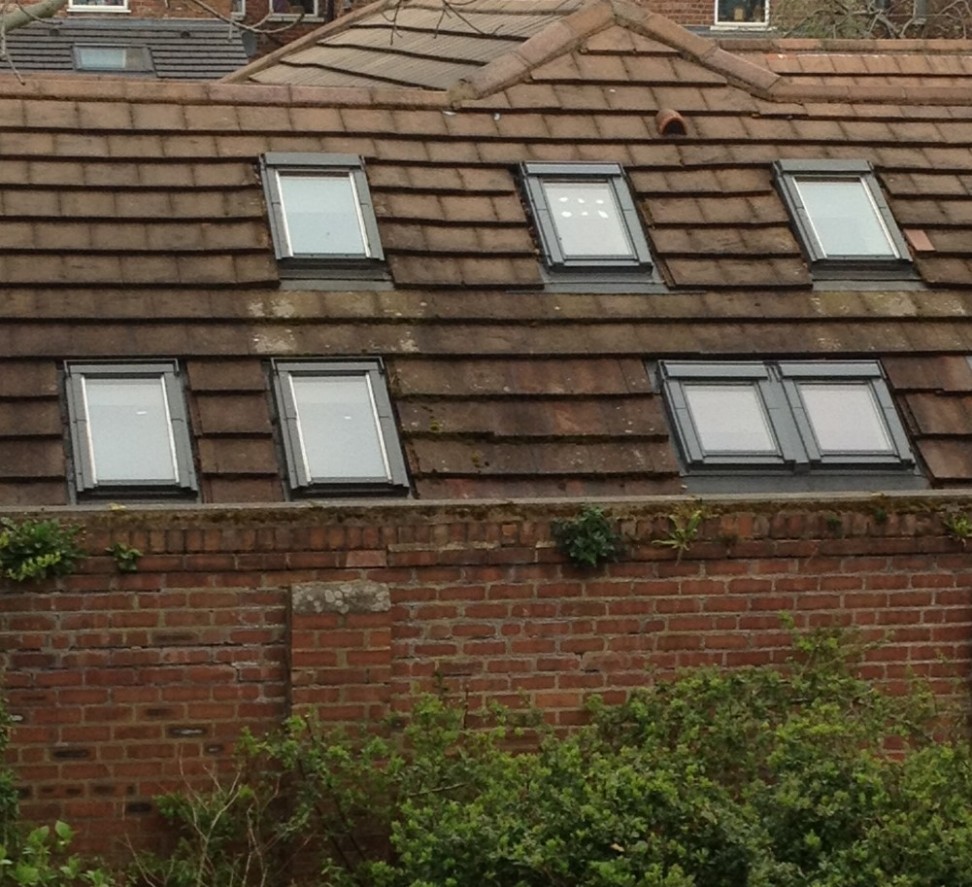A but harsh? . . . . here are my reasons why.
- The dramatic effect means that the light from each fitting is fairly limited in area so you need lots of them.
- The cost of each individual unit, including installation is high. With four – six in small rooms and ten or more in large rooms the cost really starts to add up.
- Because the light is directed down you don’t get much reflected light of the walls and none on the ceiling resulting in a very uneven light, not what you need for reading or general household tasks.
- Because the down lights run hot its dangerous to cover them in insulation which means that the effectiveness of your insulation is reduced. .
- Changing bulbs can be really fiddly and exasperating, especially with some of the cheaper fittings. Not good when you are working off a ladder.
Now LED downlights are common these are better than the old incandescent so if you love your existing downlights It could be worth upgrading to LEDs.
Here is a comparison of costs; A typical room will need at least 6 down lights at $100 each including installation, Total $600 and using around 50W. Compare this against a single $50 LED bulb on an oyster fitting costing $50 and using 15W.
